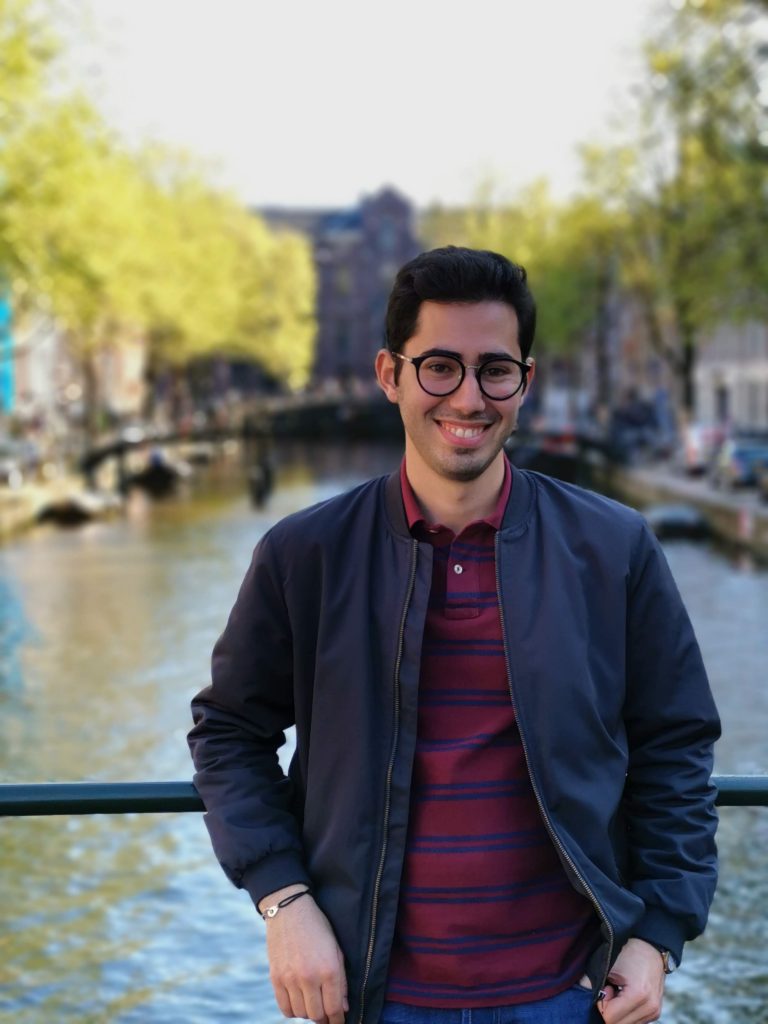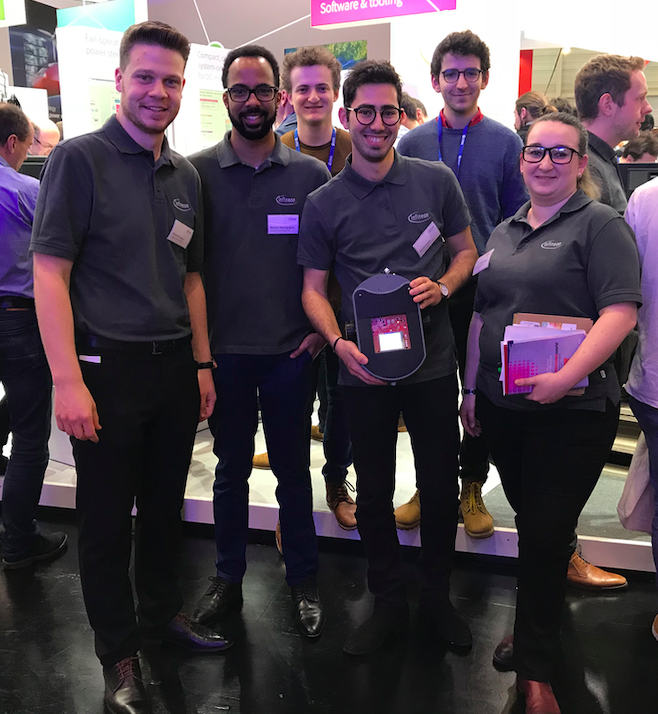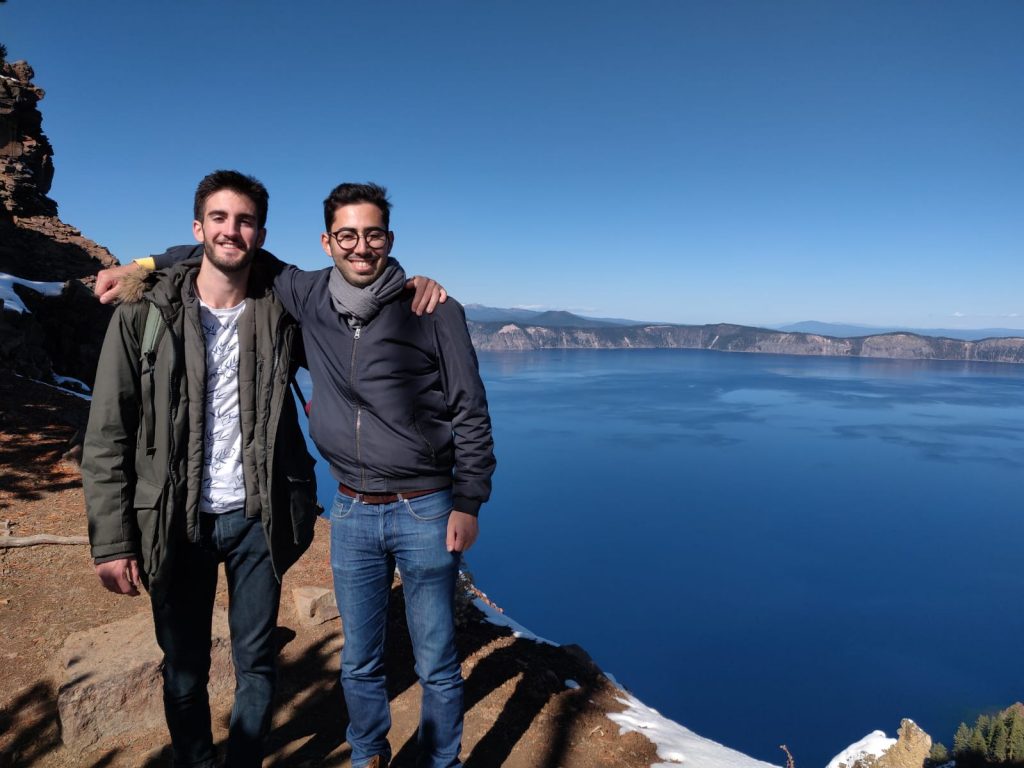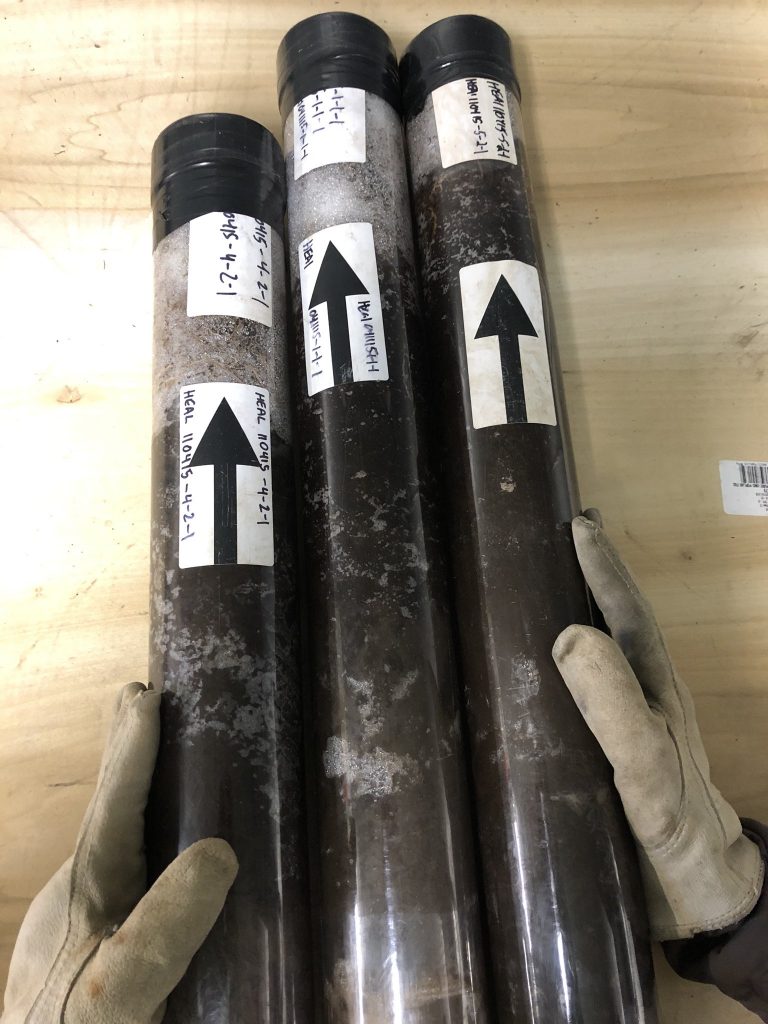Regular exercise can increase your muscle strength, decrease the risk of health complications like high blood pressure and diabetes, but most importantly it can do wonders for our happiness. This link between physical activity and psychological well-being is supported in the literature, but the people who can benefit the most — children in grade school and adults with mobility limitations — seem to be faced with many unnecessary hurdles. Our guest is Winston Kennedy, a 3rd year PhD student in the Kinesiology program and Adaptive Physical Activity option, was a practicing Physical Therapist when he noticed his patients with mobility limitations were trying to perform their rehabilitation exercises at home but they received inadequate support or guidance. It’s these barriers to successful rehabilitation that Winston is examining in his research project with the aim of making physical therapy more inclusive to any patient who could benefit.

Physical therapy is often learned in the hospital and the patient is expected to perform those exercises at home; in fact, nearly 9 million Americans have some experience with physical therapy during their lifetimes but that number should actually be much bigger. Unfortunately, the benefits that patients can receive from PT is not well understood by primary care physicians so there is a discrepancy in the number of patients who receive a referral to visit the PT and those who can benefit. Adults who may benefit from PT could argue their case to their general practitioner and they may even be successful, but treatment gaps remain for children. Early in life during primary school “the majority of students with disabilities are placed in general education classrooms for 80% or more of their time in school“, which could exclude children from participating in exercise and bonding with their peers. The overlap between physical therapy, independent mobility, and mental health becomes obvious only when a wholistic approach to how a lived experience can extend from a person with physically unstable wrists or fingers into the frustration they may feel when using a small key to unlock a stiff door to your own home is painful or is downright too strenuous.

Winston continues to be a practicing physical therapist in Corvallis, but what brought him to Oregon State University from Florida was the seemingly obvious physical barriers that patients had in performing their rehabilitation, at home or in the gym, and the effect it had on his patients success. One practical design idea for gyms that can be more inclusive are structurally sound scaffolding near weight machines, or parallel bars for patients to practice walking without the fear of falling, the addition of a roaming human facilitator that can assist someone for a few minutes at a time can also have major positive benefits to generate spaces inclusive for people of all kinds of physical abilities. However, before he can help people in the physical therapy offices, he first needs to understand what the attitudes and perceptions of physical therapy are from primary care physicians who can refer patients. This is the first part of Winston’s project, but it won’t be his last.
Winston first became exposed to physical therapy after a shoulder injury in high school, although he wouldn’t pursue it professionally until he was in his senior year at Hampton University playing on the football team when his school counselor suggested PT could be a career option. Following knee surgeries that ended his football career, he made a hard swing to focus on schooling and PT school that eventually lead him to see the need from his patients. This gap in care, especially for those with disabilities, is what brought him to Oregon State and Sam Logan’s lab in the Kinesiology program. Listen in on Sunday January 26th at 7pm on 88.7FM, or live-streamed to learn more about Winston’s research. If you missed the live episode, you can listen to Winston’s interview on our Apple Podcast page.









